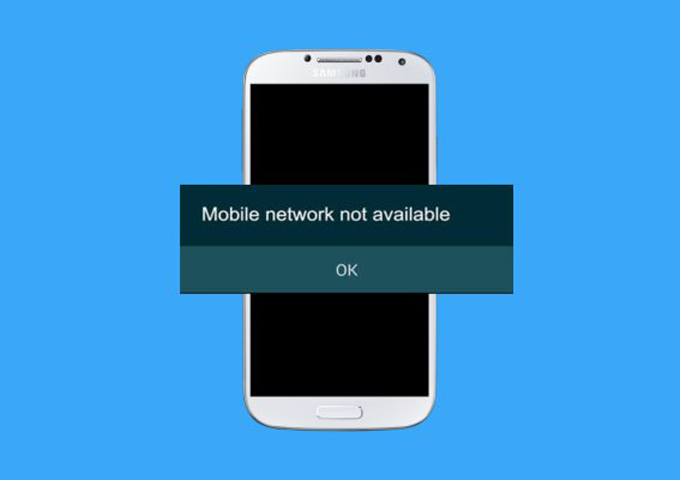Should You Upgrade To A Wi-Fi 6 Router Right Now?

It’s been close to two years since Wi-Fi tech originally debuted. Now, you can find a lot of different routers in the marketplace offering the technology for every budget. Wi-Fi 6 (802.11ax) promises to bring much faster throughput speeds, enhanced battery life, and a lot less bandwidth congestion than you would get with Wi-Fi 5 routers. However, there are some other things that you need to look at before you go ahead and purchase one. If you work in school administration, you can check out Wifi 4 Schools for information on the latest Wi-Fi technology for your school.
What Exactly Is Wi-Fi 6?
There is a lot to know about Wi-Fi 6. However, the most important things to understand are the improvements it makes compared to Wi-Fi 5 routers. The technology baked into Wi-Fi 6 routers helps it deliver better performance by maximising throughput speeds to up to 10Gbps for client devices. Wi-Fi 5 capped devices at a maximum theoretical throughput of only 3.5Gbps.
There are plenty of other benefits that come with Wi-Fi 6. For one, it’s aimed to reduce network congestion. It’s also capable of delivering better client capacity and it even offers power consumption benefits. Wi-Fi 6 utilises Orthogonal Frequency-Division Multiple Access (OFDMA) modulation. This means that it’s capable of allowing a maximum of 30 devices to share a channel while still reducing the latency produced. OFDMA works by assigning different time intervals to the various clients which helps them more effectively and efficiently parse out network channels. An example of this would be someone that is streaming a movie in your home. If someone is browsing social media, OFDMA helps the router to assign the proper channels to the different devices based on the needs of the client device.
Another thing that Wi-Fi 6 routers use is Target Wake Time (TWT). TWT helps devices figure out when they are supposed to wake up to begin sending out and receiving data. This can boost the battery life of every portable device that is battery-powered. This includes security cameras, tablets, and even mobile phones. This brand new standard helps to leverage the previously unused radio frequencies to deliver better 2.4GHz network performance. It also uses more refined bandwidth management to deliver enhanced Quality of Service (QoS) options.
In addition, the Wi-Fi 6 routers have 8-stream uplink and downlink capabilities. They feature Multi-User Input Multiple Output (MU-MIMO) that now maxes out at 8-streams versus the previous generation which maxed out at 5. This allows the router to stream more data simultaneously instead of having to do so sequentially. This helps to share more bandwidth at a time.
Is It Time To Make The Upgrade?
For most, the answer would be yes. If you have an existing router that is older, it might be time to make the upgrade to a Wi-Fi 6 router. Wi-Fi 6 routers are coming down in price and a lot more devices are starting to come with built-in Wi-Fi 6 support. This means that you can start to experience the benefits of the improved technology daily. Notebooks are coming out that support Wi-Fi 6 including the Editor’s Choice winning Dell XPS 15 OLED. There are even budget models released like the Microsoft Surface Laptop Go 3. There are plenty of newer budget and expensive tablets and mobile phones that support Wi-Fi 6 as well. These include the iPhone 13 and even the OnePlus 9 Pro.
If your devices only support 802.11ac (the older tech) you can still justify making the upgrade if you have a really old router. After all, the prices are coming down to a very good level. Thus, if you need to upgrade your router, it’s not the time to invest in older technology. There are even value-packed and affordable Wi-Fi 6-enabled mesh systems that are available at under a $200 price point like the TP-Link Deco X20. This is a great mesh system that was designed for homes up to 5,800 square feet. There are also higher-end routers like the Asus ZenWiFi AX which is one of the best-performing Wi-Fi 6 mesh routers available.
Another solid option would be adding an extender to the mix. You can find Wi-Fi 6-enabled extenders that are a good alternative if you already have a Wi-Fi 6 router and you aren’t getting sufficient coverage from it alone.


